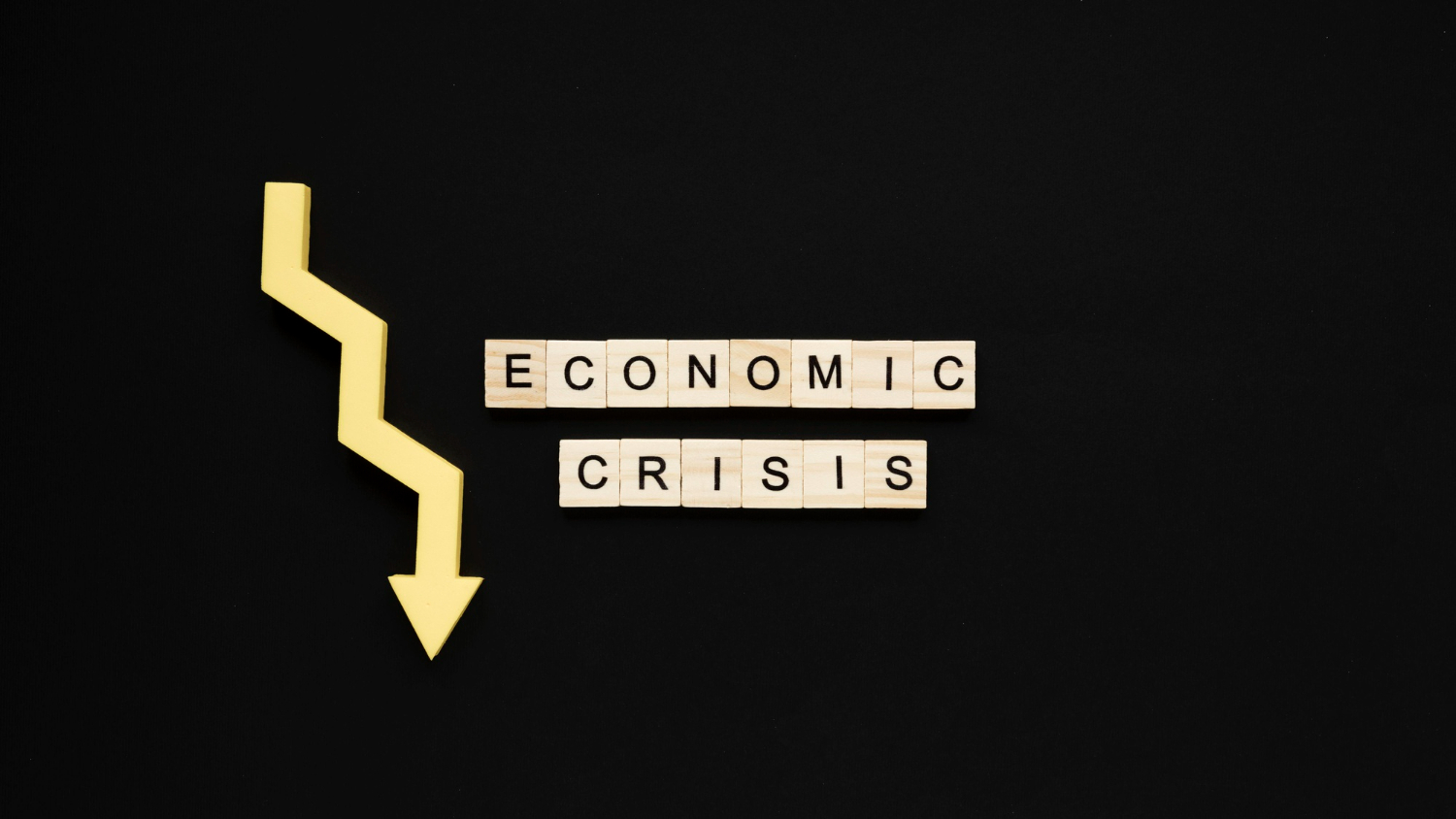Nigeria’s economic trajectory is again under the microscope as the country’s public debt stock surged to ₦149.39 trillion as of the first quarter of 2025, marking a staggering 22.8% increase from the previous year. This alarming figure, released by the Debt Management Office (DMO), has sparked renewed concern among economists, development experts, and international observers.
While borrowing is not uncommon for developing nations with ambitious infrastructure and social investment agendas, the pace and scale of Nigeria’s debt growth raise important questions about fiscal sustainability, debt servicing capacity, and the broader impact on national development.
A Breakdown of the Numbers
The ₦149.39 trillion total includes both domestic and external debt:
-
Domestic debt now makes up a significant portion, driven by increased reliance on local bond markets to fund deficits.
-
External debt continues to rise due to loans from multilateral institutions like the World Bank, IMF, and other bilateral partners.
According to the DMO, part of the new debt came from restructuring previous obligations, covering budget deficits, and financing critical infrastructure projects such as roads, railways, and energy installations. However, with the naira still struggling against foreign currencies and oil revenues under pressure, the cost of servicing this debt is becoming increasingly burdensome.
Why Nigerians Should Be Concerned
Beyond the raw figures, Nigeria’s rising debt holds real-world implications for its citizens and economy. Here’s why it matters:
-
Reduced Fiscal Space: A larger portion of government revenue will be allocated to debt servicing, leaving less money for education, healthcare, and social programs.
-
Policy Constraints: As debt obligations grow, the government may be forced to cut spending or increase taxes, both of which could slow economic growth.
-
Investor Confidence: High debt levels can deter foreign investment, especially if investors are concerned about Nigeria’s ability to manage repayments or inflation risks.
-
Generational Impact: This debt burden doesn’t just affect the present; it’s a weight that could be carried by future generations if not managed prudently.
Expert Insights
Economic analyst Dr. Adaobi Nwosu told Xamblog, “While borrowing is necessary for growth, it must be tied to productive investments. What we’re seeing now is a worrying trend — more debt, but not enough visible impact in the economy to justify it.”
The IMF and World Bank have previously warned Nigeria about its high debt-to-revenue ratio, which is now one of the highest among emerging economies. In 2024 alone, over 90% of federal revenue was used to service existing debt, a trend that experts describe as “unsustainable.”
Can Nigeria Reverse the Trend?
The government has assured the public that measures are being taken to enhance revenue generation, diversify the economy, and cut down on wasteful spending. Initiatives such as expanding the tax net, removing fuel subsidies, and improving digital revenue collection systems are underway.
Still, analysts argue that more structural reforms are needed. These include:
-
Improving transparency and accountability in public spending
-
Encouraging private sector-led infrastructure development
-
Cutting down on non-essential borrowing
-
Boosting non-oil exports
The Road Ahead
With Nigeria poised to become a global economic giant, as recently projected by Goldman Sachs, the country must balance ambition with responsibility. The size of the debt isn’t necessarily the problem; it’s how the debt is used and whether it translates into real economic value for the people.
Nigerians are watching, and so is the world. What the government does next will determine whether the rising debt becomes a launchpad for growth or a burden on progress.
Published by Xamblog.com
Your window into Africa’s economic realities and future possibilities.
Last Updated on June 28, 2025 by kingstar





